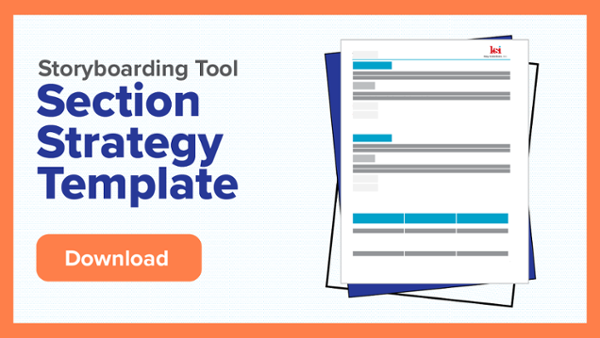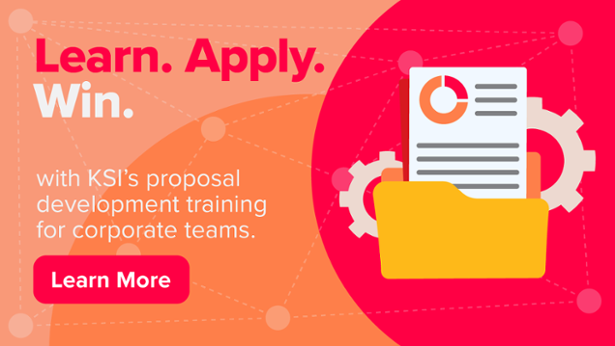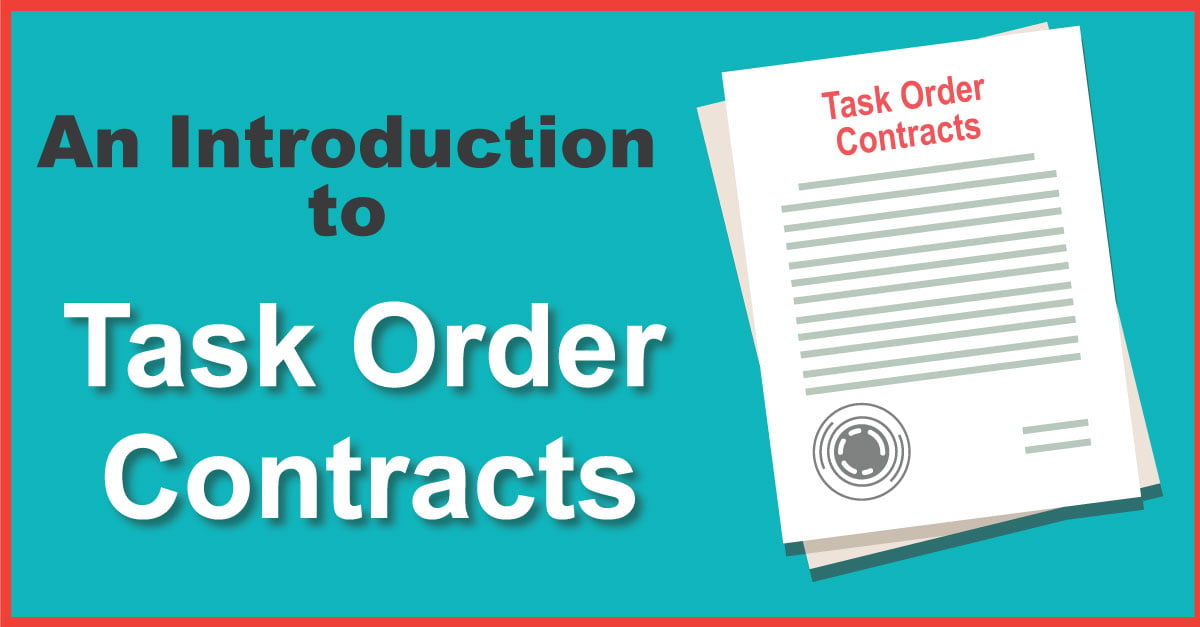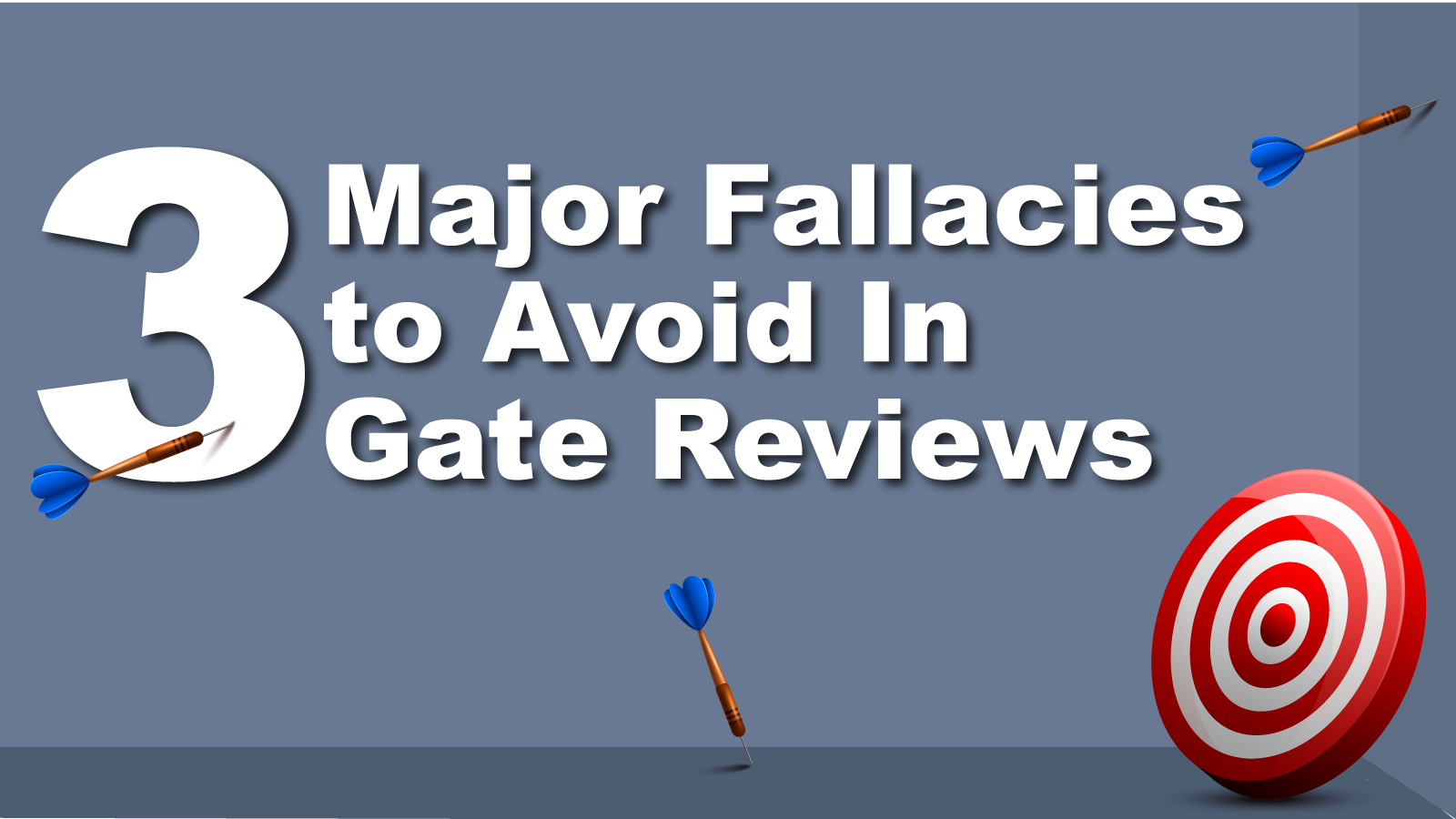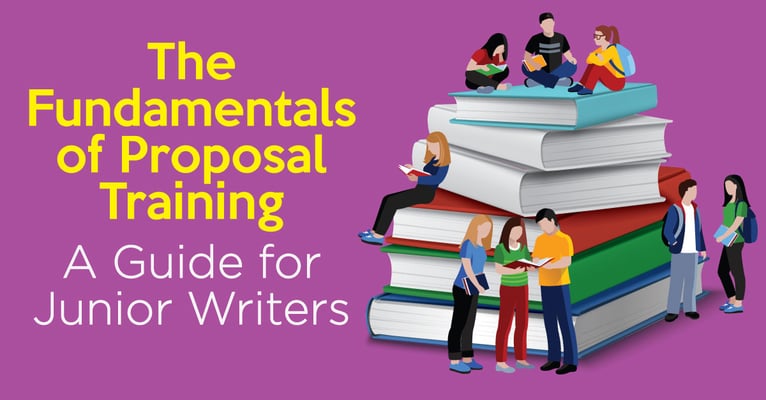
Starting a new job is an exciting endeavor, and like many recent college grads, I felt privileged to land a job—as a junior proposal writer at a great organization.
However, it was intimidating knowing I had much to learn about the industry and best practices while building the skills required for my new role. Having access to dedicated proposal training combined with hands-on proposal assignments became a staple for my success. My training is the foundation I keep going back to whenever I struggle with a seemingly foreign assignment.
I discovered that there are countless ways and resources to prepare you for your first proposal writing assignment. In this post, I’ll focus on possible proposal training that organizations should provide to their newbie proposal writers.
Here are my top three training areas every junior proposal writer should receive in their first few weeks:
- Federal Procurement 101
- Opportunity Lifecycle
- Basics of Proposal Writing
1. Federal Procurement 101
In my first week at Key Solutions (KSI), I received a Federal Procurement overview, where I learned:
- Federal budgeting and needs identification
- Understanding Federal Acquisition Regulations (FAR) and the need for compliance
- Differences between various solicitation and contract types
- Understanding Request for Proposal (RFP) elements
- How the Government evaluates proposals
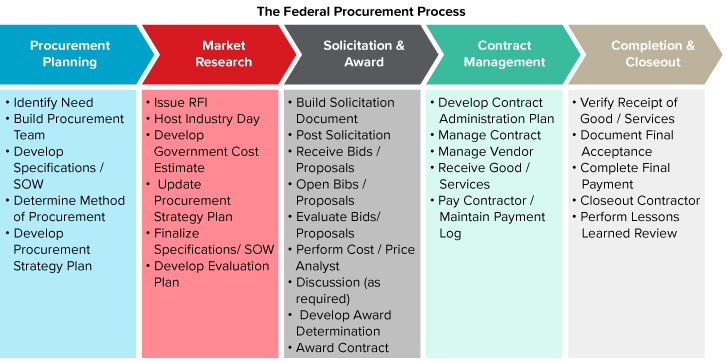
Every junior or entry-level proposal writer should start by learning what an RFP is. Topics covered should include reviewing example RFPs, learning that a federal government RFP’s format and composition are mandated by the FAR, and RFP sections and instructions.
An RFP is a project funding announcement posted by an organization within the Government for which companies place bids. The RFP outlines the bidding process, contract terms, and guides how the bid should be formatted.
- The format and composition of a federal government RFP are mandated by the rules in the FAR.
- The RFP defines what must go into a proposal and how it must be structured.
- Government RFPs based on the FAR are broken down into sections identified by letters A – M.
Elements of an RFP: Below is a sample of the sections found in an RFP.
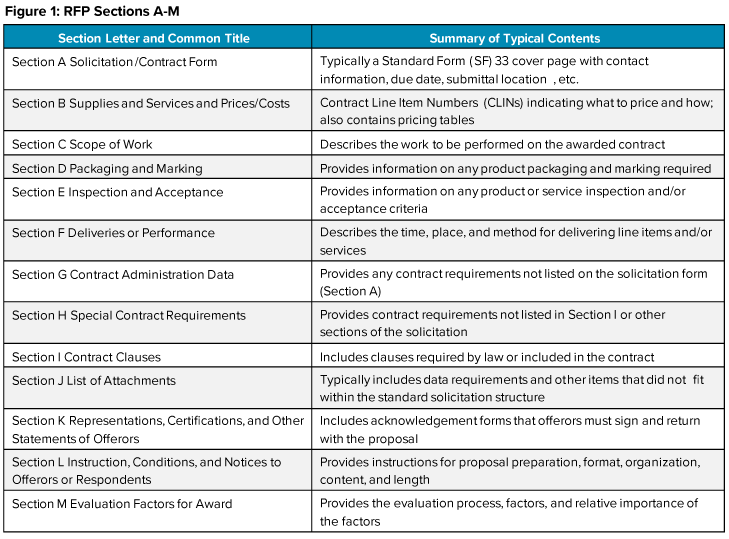
Below we've highlighted the RFP sections in order of importance for Proposal Writers.
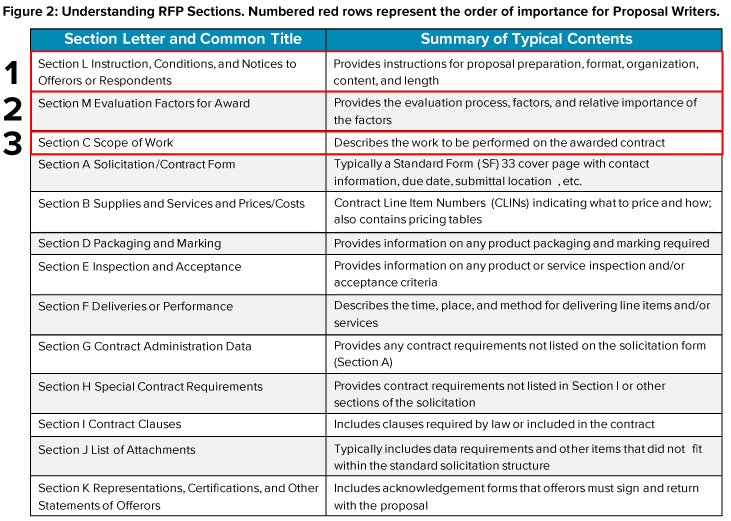
2. The Opportunity Lifecycle
Writers need to understand the difference between business development, capture, and proposal development and how to utilize technical and management teams to write our sections.
The KSI Advantage© Opportunity Lifecycle Overview.
 *The above graphic is an abridged version of the KSI Advantage© Opportunity Lifecycle. An 11x17, more detailed version is available in our KSI Advantage© Capture & Proposal Guide.
*The above graphic is an abridged version of the KSI Advantage© Opportunity Lifecycle. An 11x17, more detailed version is available in our KSI Advantage© Capture & Proposal Guide.
Therefore, it is essential to understand the overall proposal process, how teams interact, and the proposal tools we have as writers. Taking the time to learn how to create win strategies is crucial when comprehensively understanding what the Government is asking to make a bid successful. Analyzing the requirements along with other information captured from your business development, capture, management, and technical teams are key to offering a value-driven proposal for customers.
Through my experiences, the solution and win themes can often feel just as important as the Government’s instructions, requirements, and evaluation factors. This solution work takes time and requires every team member’s cooperation when assigned to an opportunity. That’s what makes the KSI Advantage© Approach so useful for me; it allowed me, a newer proposal professional, the chance to gain a comprehensive understanding of all the moving parts that work to build a specific opportunity.
My initial training sessions consisted of discussing the proposal development lifecycle at a relatively high level. One of the most challenging yet useful training sessions I participated in was an entire day dedicated to win theme development. Through structured, collaborative, back and forth discussion, we were able to identify measurable benefits unique to the organization and turn them into robust stand-alone deliverables. This role-playing gave me the chance to work through such exercises with real-time feedback for improvement. In addition to being helpful, it was a great way to bond with my team.
3. Basics of Proposal Writing
Another useful area of training I received was the basics of proposal writing. I learned the specifics of what proposal writers write. Examples included:
- Executive Summary
- Management Approach
- Technical Approach
- Resumes
- Past Performance
- Quality Plan
- Risk Management Plan
- Transition Plan
One of the first projects a client tasked me with was creating resumes. The resume writing exercises helped me develop resume templates for clients to use for their proposal personnel. This is an excellent assignment for newbie proposal writers because it allows them to develop their skills before the stakes are too high. Having such training opportunities was crucial.
There are many other topics for training that are beneficial to junior proposal writers, such as storyboarding, outline development, theming, and more.
Building and maintaining familiarity with such content has started to come to life as I gain more professional experience.
The KSI Advantage© Capture and Proposal Guide
My final recommendation is to pick up a copy of the KSI Advantage© Capture and Proposal Guide. This resource provides a complete overview of the federal business development lifecycle. It has been instrumental in getting me up to speed on the ins and outs of proposals as I continue to build my understanding and expertise.
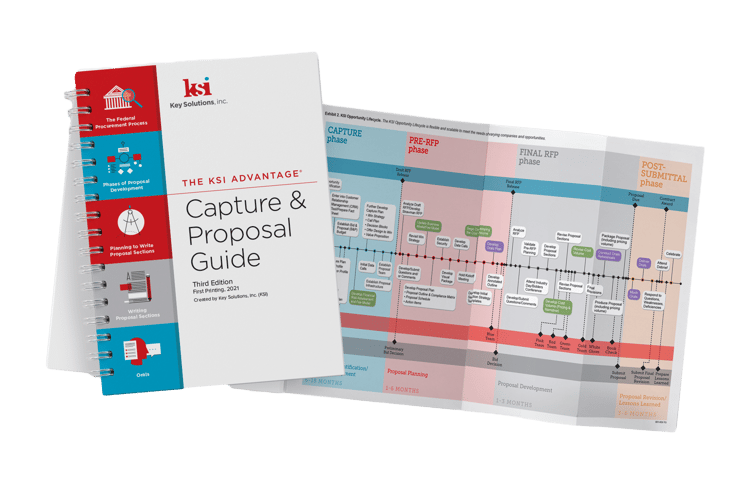
The KSI Advantage© Guide:
- Guides proposal professionals with easy-to-follow steps
- Can be used as a quick reference guide
- Supports effective proposal practices
- Includes hard copy templates as well as soft copy customizable templates
Whether you are starting from ground zero or want to gain more expertise on a specific stage in the lifecycle to improve your team’s success, this guide can benefit you.
Conclusion
Taking advantage of the above training areas and resources will contribute to your professional growth as you continue to develop your proposal skills. In addition to training, shadowing opportunities for newer proposal writers is critical.
I have been extremely fortunate to have colleagues who see value in inviting others to get an inside look into their processes. Getting to see firsthand how strategies develop and get implemented successfully has provided me with the professional context that handbooks (no matter how informative and helpful they are) cannot possibly give.
If you are a Proposal Director of Manager, I urge you to look inward at your organization. What learning opportunities could benefit your junior proposal writers? Where could you implement more development opportunities to grow your employees and your business?
Need training for your proposal team? Key Solutions offers instruction with hands-on activities and simulated capture and proposal management using sample RFIs and RFPs.



